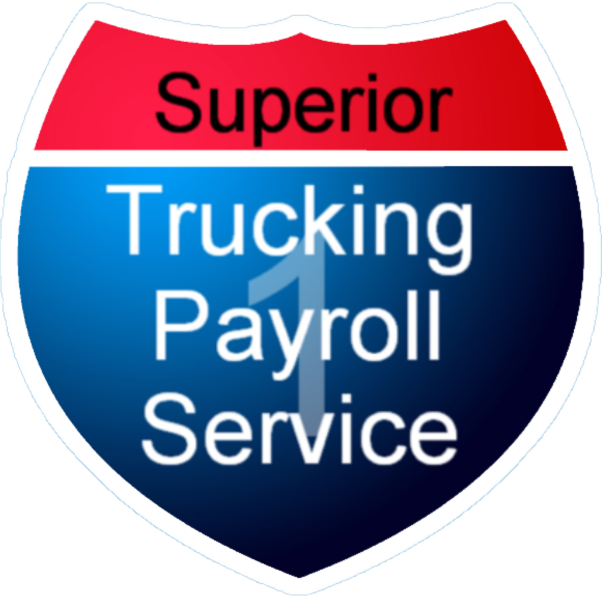Ways We Look Out for Your Business From operating accounts...
Read More
ACH is an abbreviation for Automatic Clearing House. It enables electronic funds transfers between banks or direct transfers from one bank account to another. According to Nacha, the ACH system is a transaction processing system used by financial institutions such as banks to combine these money transfers prior to processing. ACH is a more secure and convenient option than traditional methods such as transfers or paper checks. Businesses and individuals can handle their financial transactions more efficiently because ACH transactions are processed in batches and settled in larger amounts. This also makes it faster and more reliable than traditional paper checks. Unlike wire transfers, which can be processed in real-time, ACH transactions typically take one to two business days to clear. This may be a drawback for some individuals or businesses who require immediate access to funds, but for most, the benefits of lower cost and increased security make it a preferred payment method.
The National Automated Clearing House Association (NACHA) is in charge of overseeing the ACH network. It establishes the ACH network’s operating rules, ensuring its dependability, efficiency, and safety. NACHA also developed guidelines for the exchange of electronic banking transactions, ensuring a seamless method for businesses and individuals alike. In this way, NACHA plays an important role in the ACH system’s operation, trying to make it a reliable and widely used electronic banking method.
ACH transfers are used for a variety of transactions, including payroll direct deposit and bill payments from a bank account. Through ACH transfers, you can make one-time or recurring deposits to individual retirement accounts (IRAs), taxable brokerage accounts, and college savings plans.
How does the ACH system work?
The ACH network enables an originator to initiate payments and direct deposits using credit and debit. To initiate the ACH transaction, the originator needs to provide the banking information such as the bank account and routing number. This information is then put into the batch with the other ACH transactions. The batch is processed at regular intervals throughout the day.
The originating financial institution sends the batch of ACH transactions to the ACH operator, which can be the Federal Reserve. The ACH operator sorts the transactions and sends them to the receiving financial institution for processing. The receiving financial institution makes the funds available to the recipient, typically within one to two business days. The process is safe, quick, and inexpensive, making it a popular alternative to traditional methods like paper checks or wire transfers.
What are the benefits of ACH?
For customers, debit and credit cards are the most common form of payment. Due to added security or personal opinion, some clients in business prefer to pay by check. ACH processing can assist you in increasing your payroll.
Convenience: ACH payments can be initiated electronically, allowing for quick and easy fund transfers without the use of paper checks or physical cash. Also when receiving direct deposits, ACH can make things less of a hassle because you can set automatic renewals.
Security: ACH transactions are processed through secure systems and are backed by the Federal Reserve, providing both the sender and the recipient with a high level of security.
Reliability: ACH transactions are processed and settled in batches, making them faster and more reliable than traditional paper checks.
Cost-effectiveness: ACH transactions are processed and settled in batches, making them faster and more reliable than traditional paper checks. When companies submit payroll, if they use ACH they won’t need to pay for checks, ink, and postage.
Flexibility: ACH payments are a versatile solution for individuals and businesses that need to transfer funds on a regular basis because they can be set up for single or recurring transactions.
Efficiency: ACH transactions are more efficient than paper checks, requiring less time and resources to manage payments.
What are the drawbacks of ACH?
ACH might seem like the best option for any payment or collection, but there are a few instances where it would be ineffective. The other payment methods could be preferable in some business scenarios.
Processing time: ACH payments are normally processed in a few days but there are options for same day collections and payments through most banks. There are extra fees though.
Timeline of processing: Trasactions are sometimes put off until the next monday if the payroll date is on a weekend or on a holiday.
Bottom Line:
ACH transfers offer a straightforward way to send or receive funds. It’s important to familiarize yourself with your bank’s procedures for both ACH payments. Additionally, be cautious of potential ACH transfer scams.

Written by Melisa Bush
With over 15 years of experience working with and for trucking companies, Melisa has no problem understanding the complications that come with trucking payroll and with navigating special circumstances.
Before coming to Superior Trucking Payroll Service, in 2011, Melisa worked for a trucking company with 50 trucks. She was the one who processed the driver’s miles and expenses.
Because of this experience, she understands the challenges our clients go through each week while preparing their payroll data for us.
Contact Us!
Driver Retention Tips
One of the biggest problems for businesses in the world...
Read MoreHow to Avoid Payroll Errors and Penalties in the Trucking Industry
Are you tired of dealing with payroll issues in the...
Read MoreWhy Was No Income Tax Taken Out of my Paycheck?
Why Was No Income Tax Taken Out of my Paycheck?...
Read MoreUnderstanding Supplemental Payroll Fees: What They Are and Why They Matter
Are you a business owner trying to understand the complexities...
Read More